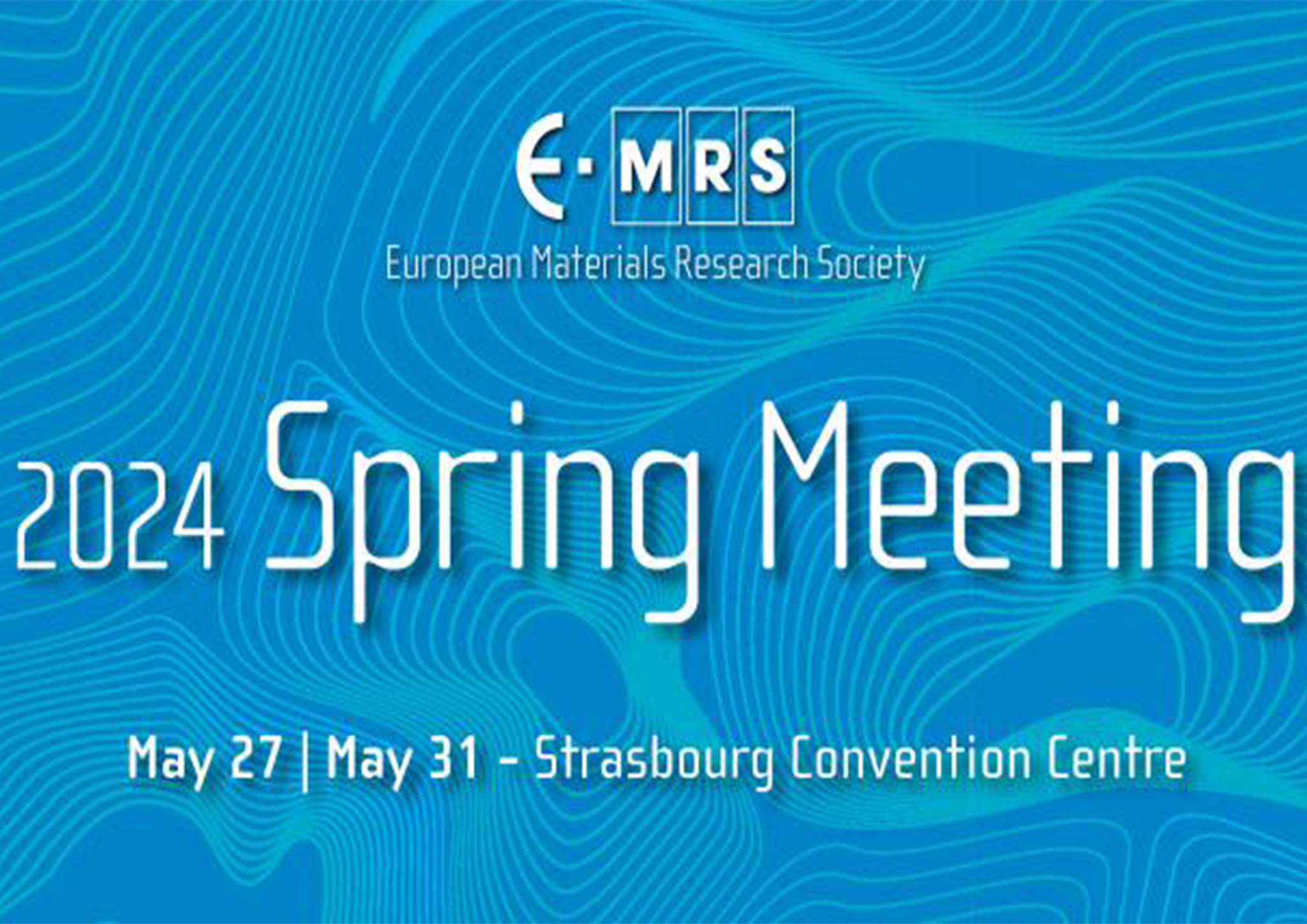Sound of Ice lands at E-MRS

The Sound of Ice team, made up of seven academic institutions and two SMEs across Europe, is organizing in collaboration with Anna Maria Coclite (Graz University of Technology), Tanmoy Maitra (Imerys Technology Center (ITC)) and Yanlin Song (Key Laboratory of Green Printing Institute of Chemistry, Chinese Academy of Science), a scientific symposium within the framework of the E-MRS Spring Meeting 2024.
Under the title ‘Materials technologies for controlling liquid-surface interactions from wetting to icing’, the project team wants to put scientific advances in the field of anti-icing technology at the center of the discussion.
This symposium will be dedicated to the advancement in material engineering, e.g. on roughness, surface energy, and geometry, that allows controlling the liquid-surface interaction. Particularly, the symposium wants to highlight the correlation between surface properties and wettability. In addition, also contributions to the physics of the interface phenomena are particularly encouraged. Anti-icing behaviour is a relevant performance related to the wettability of a surface and will be a hot topic of this symposium. Ice accretion on exposed surfaces of various infrastructures and vehicles can result in critical safety issues and severe damage, it is therefore of greatest interest to identify material-based strategies to avoid or limit icing.
The state-of-the-art solutions can be classified into three categories: anti-icing surfaces and coatings, de-icing technologies, and smart and responsive systems that combine both. Anti-icing surfaces and coatings involve the engineering of surfaces to reduce ice accretion and ice adhesion and increase the freezing delay time.De-icing technologies rely on thermal solutions, plasmonic and magnetic systems, atmospheric plasmas or acoustic waves to eliminate the ice once it has accreted. Smart and responsive surfaces integrate anti-icing and de-icing technologies and an ice detection mechanism in the most advanced scenario.
The rate of heterogeneous nucleation on complex solid substrates is influenced by specific surface chemical properties, morphology and by the dynamic interaction of water drops with surfaces. In real applications, some water will always be present, and due to the resulting ice formation, surfaces with low ice adhesion are preferred. An icephobic surface combines these properties: ensures a high degree of water repellency, delays any ice nucleation, and shows low ice adhesion.
This symposium will pay special attention also to the development of water-repellent surfaces, specifically superhydrophobic solutions. In additio n to their application as low-energy surfaces for water management and anti-microbial capability, these surfaces have traditionally been used as anti-icing due to the small contact area between water and the surface. However, these surfaces often present high ice adhesion values, which has prompted the development of alternatives such as slippery liquid-infused porous systems and the implementation of amphiphilic solutions.
The mechanical properties and the durability of superhydrophobic and anti-icing surfaces are of the greatest importance to ensure lifelong functionality. Consequently, our symposium will address such issues from materials engineering and advanced characterization viewpoints.
Thus, the symposium aims to cover all aspects related to this topic. Although the focus will be paid to the engineering and processing of advanced material solutions, other related aspects will be tackled, such as elucidating the mechanisms of ice formation, the development of new characterization and interrogation tools or the evaluation of the anti-icing performance of new materials. We invite researchers and professionals from academia and industry to come together to discuss innovative solutions to this critical issue.
